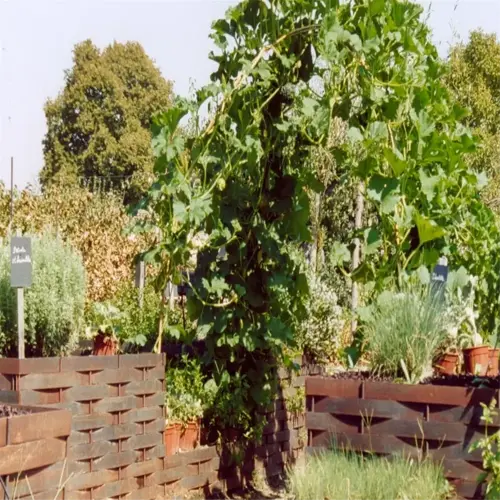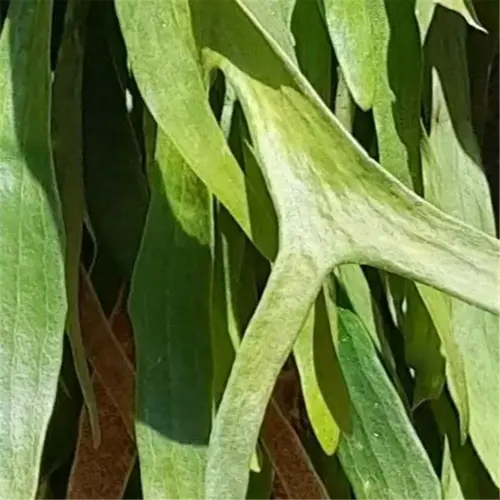Is black spot contagious to other plants?

Written by
Olivia Mitchell
Reviewed by
Prof. Samuel Fitzgerald, Ph.D.Black spot roses, suffer from one adversary: the fungus named Diplocarpon rosae. This fungus exclusively infects roses; it is not going to invade your tomatoes or hydrangeas. However, I have witnessed entire collections of roses collapse due to cross-contamination through dirty tools and careless debris handling.
Direct Transmission
- Spores hitchhike on unsterilized pruners and gloves
- Rain splashes infected soil onto healthy rose leaves
- Wind carries spores up to 3 feet between plants
Prevention Tactics
- Disinfect tools with 70% alcohol after each cut
- Compost rose debris at 140°F (60°C) to kill spores
- Space roses 4ft apart to limit airborne spread
It is not the soil that is the source of the problem. The pathogen Diplocarpon rosae cannot survive for long periods in soil, but infected leaves serve as reservoirs for the spores. A client had a compost pile last fall that was responsible for generating this disease in new rose plantings because 'hot enough' temperatures had not been reached for the Rose clippings. Always bag or burn infected leaves, never use cold compost.
Proper tool hygiene can differentiate between a successful rose and a failing one. I have two sets of pruners I use: one set with red handles I use for infected plants and a set with green handles I use for healthy plants. I have a 1:9 bleach solution into which I dip both sets of pruners before continuing to a new rose. This method stopped cross-contamination in a public garden for which I provide consulting and has resulted in zero new cases in 18 months.
Myth
- Black spot lives in soil for years
- Other plants show similar symptoms
- Winter cold eliminates spores
Fact
- Dies without rose hosts in 2-3 months
- Lookalike spots on non-roses are different fungi
- Spores overwinter in cane lesions and leaf debris
Your gloves are more important than you think! We diagnosed a client's mystery outbreak and traced it to porous fabric gloves, which were trapping spores. You don't have to use plastic. Instead, use washable rubber gloves and scrub them with soap after each use in the garden! All it takes is a small modification to create large shields.
Watering practices can establish or ruin containment. Use drip lines or water hoses at the bases of plants in the morning hours before 10 am. If you use overhead sprinklers, be aware they are transportation devices for spores. I redesigned the irrigation systems of a nursery and kept the leaves desert dry, and the recurrences of black spots dropped 90%.
Read the full article: Black Spot Roses: Prevention & Treatment Guide

